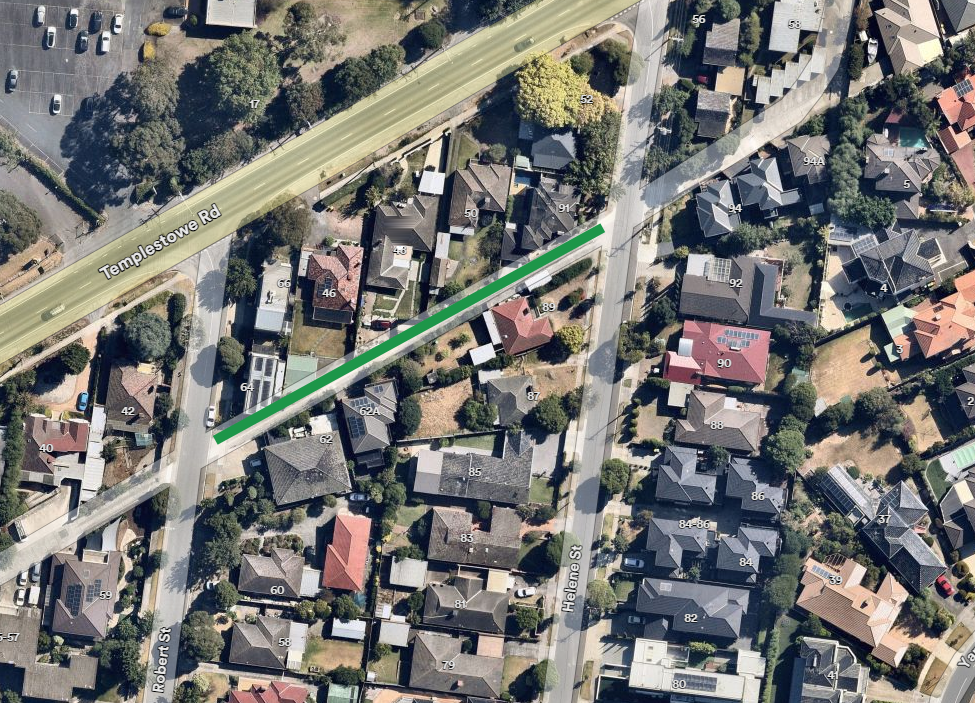Temperatures are expected to peak in the low-40s in parts of the state’s north-west, including in the Wimmera where catastrophic fire conditions are predicted for Warracknabeal, Horsham, Stawell and surrounds.
WorkSafe Executive Director of Health and Safety Narelle Beer said employers should be ready to make accommodations to ensure they are not leaving their workers or others exposed.
“Employers have a legal obligation to monitor the conditions of their workplace so they can identify and manage any risk to health and safety, including those posed by events such as extreme weather of natural disasters,” Dr Beer said.
“Work-related hazards could include exposure to heat, fire and smoke, making it critical that employers and workers in high risk areas are alert to the dangers and prepared to act.”
Today has been declared a day of Total Fire Ban in the Mallee, Wimmera, South West, Northern Country, North Central and Central (includes Melbourne and Geelong) districts.
Employers in those areas must not carry out any work activities that may provide an ignition source, such as welding or other hot works, and should reconsider the use of other machinery near combustible material.
Dr Beer said business operators, particularly those with workers in affected areas, may need to think about postponing or relocating their work to a time or place with less risk.
“Extreme heat can be deadly, so it’s crucial that employers reduce the risks to workers who are out in the weather, as well as those who may be working in spaces without ventilation or air conditioning,” she said.
“Also be mindful of the risk to workers exposed to bushfire smoke – and consider avoiding outdoor work on days where the air quality rating is poor, very poor or hazardous.”
Employers should consult with workers and any Health and Safety Representatives, prepare a tailored strategy for their individual circumstances and ensure workers are educated on how to recognise fire risks in their workplace and heat-related illnesses in themselves and others.
Farmers are also reminded to review their farm fire plan and implement key actions to ensure they are prepared and will recover faster, should their property be affected by fire.
To stay up-to-date with the latest information use the VicEmergency App or website www.emergency.vic.gov.au
Some symptoms of heat-related illness:
- Nausea or vomiting
- Dizziness
- Feeling weak
- Pale skin
- Heavy sweating
- Headaches
- Convulsions
- Clumsiness
Ways to help manage heat risks:
- Reschedule work so physically demanding jobs are performed during the cooler part of the day.
- Work from a cooler location.
- Wear light clothing that still provides adequate protection.
- Provide extra rest breaks in a cool area.
- Ensure workers have access to cool water and are staying hydrated.
- Use mechanical aids to reduce physical exertion.







